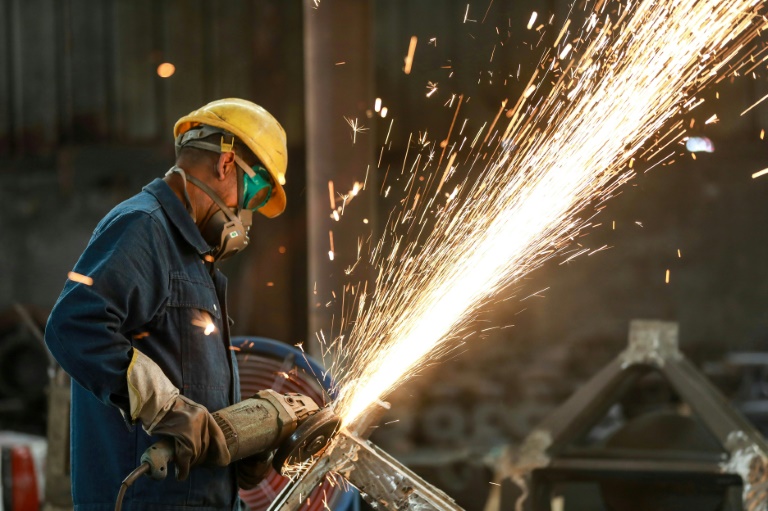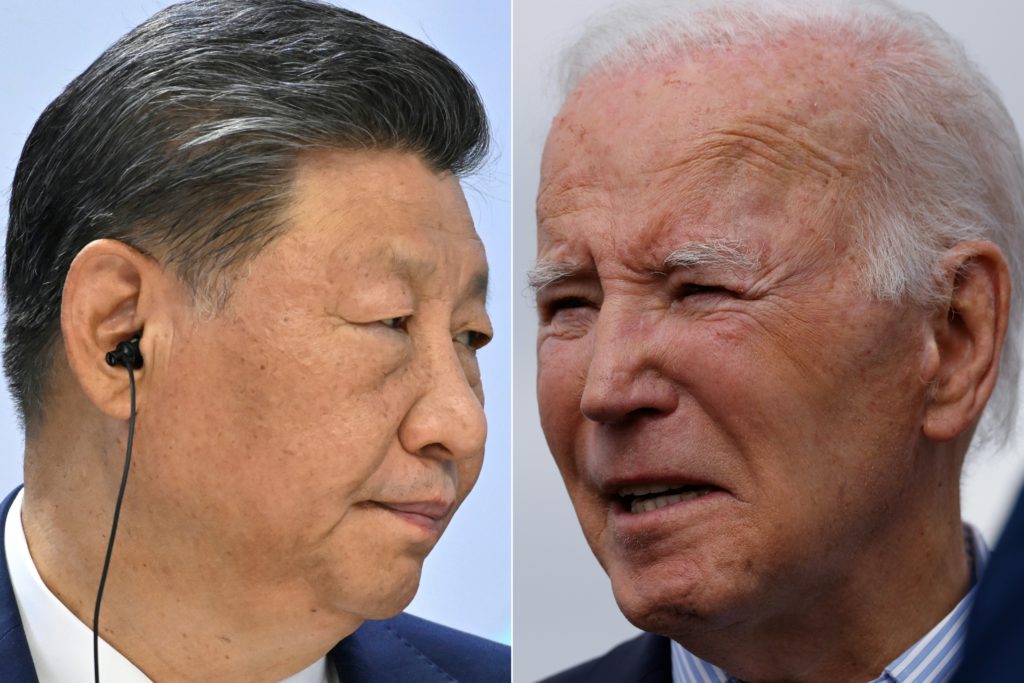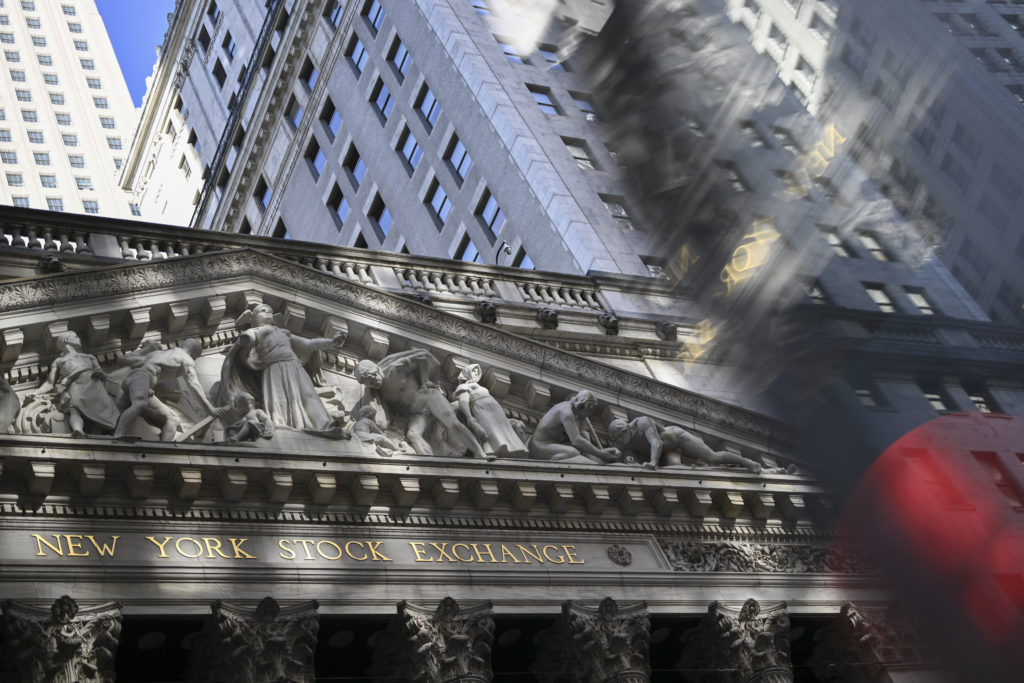China logged its slowest economic growth since the initial Covid outbreak, official data showed Friday, expanding just 0.4 percent in the second quarter with lockdowns and property market weakness nudging a government target further out of reach.
Beijing has dug its heels in on a zero-Covid policy of stamping out virus clusters as they emerge with snap lockdowns and long quarantines, but this has battered businesses and kept consumers jittery.
The slowdown comes after China’s biggest city Shanghai was sealed off for two months as it battled a Covid-19 resurgence, tangling supply chains and forcing factories to halt operations.
“Domestically, the impact of the epidemic is lingering,” NBS spokesman Fu Linghui said Friday, noting shrinking demand and disrupted supplies.
“The risk of stagflation in the world economy is rising” as well, he told reporters, saying that external uncertainties were growing.
GDP for the April to June period in the world’s second-biggest economy was also down 2.6 percent compared with the first three months of this year, the National Bureau of Statistics (NBS) said.
China has only logged a GDP contraction once in recent decades, and analysts expect the latest reading will drag further on full-year growth.
Industrial production rose 3.9 percent on-year in June, up from 0.7 percent in May as Covid controls eased.
But retail sales picked up 3.1 percent after plummeting 6.7 percent in May, in what analysts called an encouraging sign.
And the urban unemployment rate was down four points from 5.9 percent that month, the NBS said.
The economy is “on track for a slow recovery,” said Zhiwei Zhang of Pinpoint Asset Management.
“Nonetheless, economic growth is still much lower than its potential, as the fear of Covid outbreaks continues to hurt consumer and corporate sentiment,” he added in a note.
– ‘Hard to square’ –
Economists have long questioned the accuracy of official Chinese data, suspecting that figures are massaged for political purposes.
China’s second quarter growth is “hard to square with the large hit to activity from lockdowns,” said Julian Evans-Pritchard, senior China economist at Capital Economics.
“Even accounting for June’s strength, the data are consistent with negative year-on-year growth last quarter,” he added.
The data comes in the wake of mounting challenges in China’s key real estate sector — which by some estimates accounts for a quarter of gross domestic product — with weak home sales in recent months.
A growing number of homebuyers are also refusing to pay their mortgages over worries their properties will not be built on time.
“We remain cautious on growth outlook in the second half, as spread of the much more infectious Omicron variant across the country could trigger another round of widespread lockdowns,” Nomura chief China economist Ting Lu told AFP.
With homebuyers halting mortgage repayments, this “could result in a vicious cycle in the property sector, and a likely synchronised global slowdown will eventually hit the export sector,” he said.
The news piles pressure on the Communist Party’s leadership, which is gearing up for its 20th Congress, at which President Xi Jinping is expected to be handed another five-year term.
Analysts expect that it is unlikely the government’s target of around 5.5 percent growth this year can be attained, given that it will require a huge pick-up in growth in the second half.











